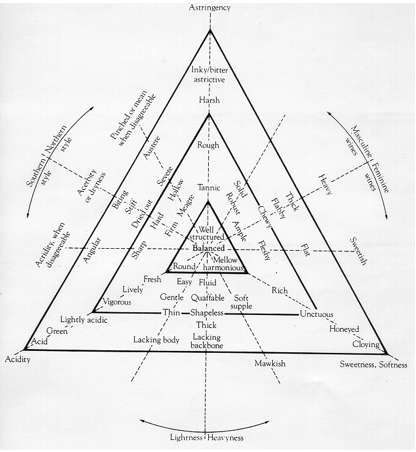Undoubtably, you have heard a Winemaker, a Sommelier, or a wine snob utter the phrase, “This wine has great structure.”
What the heck does that even mean?
Structure is really about the balance among various characteristics. They all should be in harmony, with one not overpowering the others. Good structure in wine creates a multi-faceted tasting experience in the mouth, providing a balance of sensations that engage the palate. If a wine has all these features outlined below, and they are integrated and balanced, then the wine can be said to have good “structure.”
Structural Characteristics
Acidity
A refreshing crispness that lifts the flavors and prevents the wine from feeling heavy, often providing a tangy sensation that can stimulate the taste buds.
Tannins
A textural element that can feel firm or smooth, leaving a drying or puckering sensation on the gums, depending on the type of wine. Well-integrated tannins contribute to the wine’s body and create a sense of weight without overwhelming the palate.
Alcohol
A certain warmth that fills the mouth, enhancing the flavors without being burning or overpowering. Balanced alcohol contributes to the wine’s overall body.
Sweetness
If present, it adds a lush, rounded characteristic, balancing the acidity and tannins, and providing a richer mouthfeel.
Flavors
A spectrum of flavors that unfolds over time, from bright fruit notes to deeper, more complex layers such as earthiness, oak, or spice.
Finish
A lingering aftertaste that leaves a pleasant impression, showcasing the quality of the wine’s structure.
